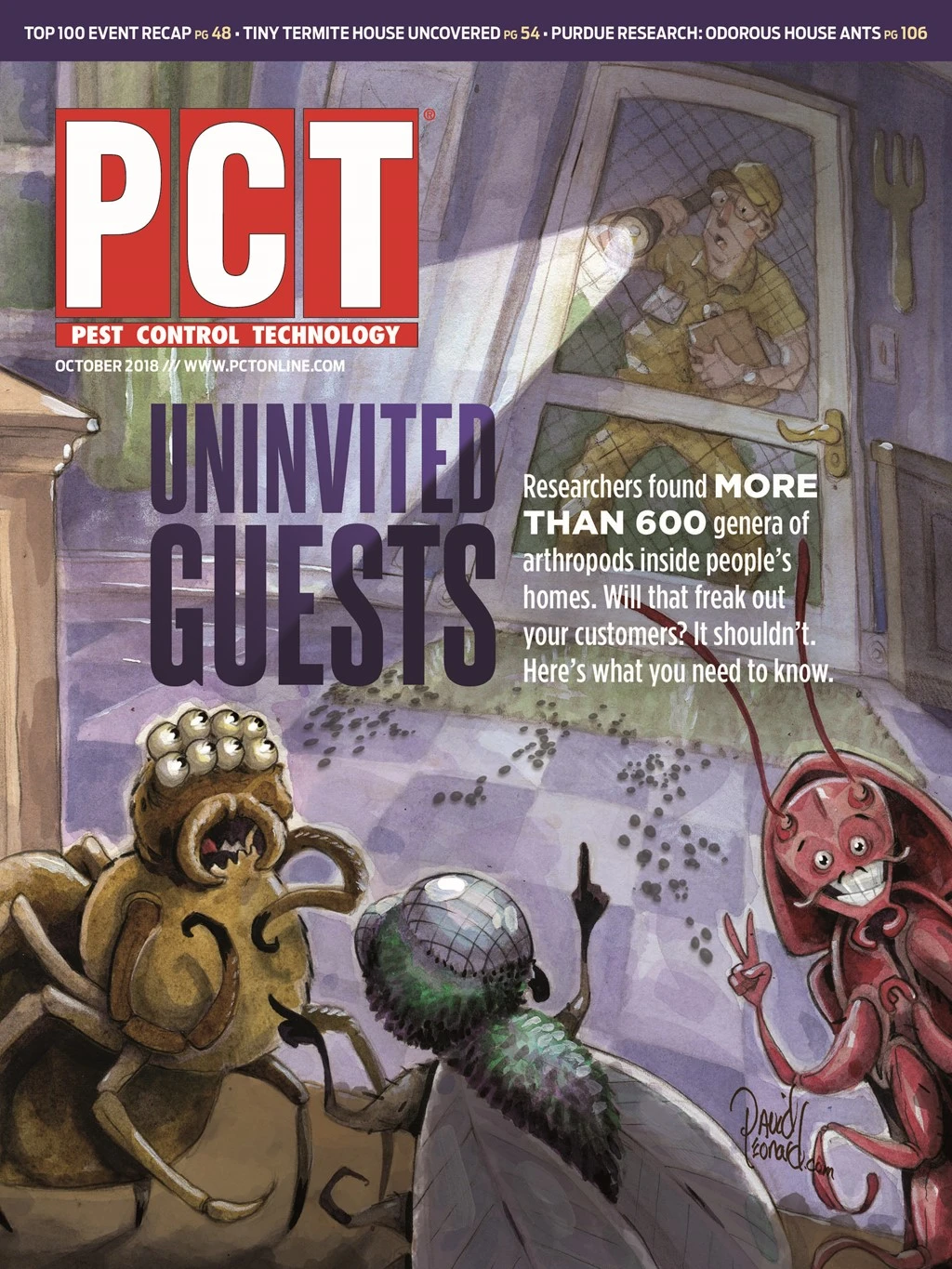
Editor’s Note: This article originally appeared in Entomology Today, a project of the Entomological Society of America with the goal of reporting interesting discoveries in the world of insect science and news from various entomological societies. To learn more, visit www.entomologytoday.org.
If you read the news, it can be easy to wonder why it seems like we’re losing the war against ticks and the diseases they transmit. Why, exactly, are ticks so good at the bad stuff they do, and why are we humans having such a tough time fighting back?
In 2016, the Entomological Society of America co-hosted a symposium on integrated tick management with several other organizations, for experts in the field to share knowledge and discuss paths toward improved tick management. Kirby C. Stafford III, Ph.D., chief entomologist for Connecticut, a state at the epicenter of the tick “boom,” reported to colleagues at the symposium on unique challenges ticks present and the latest progress in Integrated Pest Management (IPM) practices for ticks. That report is now published as a new open-access guide in the Journal of Integrated Pest Management (see box below).
Stafford spoke with Entomology Today for a brief Q&A about his report and where research on IPM for ticks is headed.
Entomology Today: What makes ticks such a complicated pest to manage?
Stafford: To quote Dr. Daniel Sonenshine from his earlier book Biology of Ticks, Vol. 1, “few agricultural or health problems confronting human societies have proved as intractable as control of ticks and the many diseases they transmit.” The difficulty in managing ticks lies in their multifaceted, multiyear lifecycle, diverse host complex, the increasing abundance of key hosts, and a tick’s broad presence and adaptability to various habitats.
In many cases, humans have increased the risk of exposure to tick bites by various behaviors and landscape practices. The greatest exposure risk is often residential, which can limit broader approaches to manage ticks. Who is responsible for tick control: the homeowner or the community? The approach used, for example, to manage many mosquitoes through control districts isn’t very applicable to ticks.
ET: Your paper notes a “limited number of integrated tick management studies” in existing research. Why is that, and what kinds of IPM studies are needed?
Stafford: Some of the innovative methods in the tick management toolbox can be expensive — or at least more expensive than spraying acaricides — and may target a specific host or one part of the tick-pathogen transmission dynamic that is more likely to be effective on a larger scale, versus a single residence.
Carrying out large-scale tick management studies is expensive and can be logistically challenging. Given the multiyear lifecycle of most ticks, it also can take several years for the full impact of integrated interventions to be properly documented. Since not all management options may be applicable to every community, habitat and tick species, data on use of various IPM approaches in different settings are needed for proper assessment.
ET: Is there an existing set or combination of methods that seem to you to be most effective or at least most promising?
Stafford: While many research studies show that ticks can be successfully killed or their abundance reduced by various methods, it has been difficult to document an impact on disease. It also has been difficult to reduce tick abundance or the prevalence of infection sufficiently to actually show an impact on tick-borne disease.
Nevertheless, with some caveats, the few studies that have demonstrated an impact on human Lyme disease have been either the reduction or treatment of white-tailed deer, which is the major reproductive host for the blacklegged tick — a.k.a., deer tick — and an animal host with neighborhood wide or larger territory. The most effective combination of methods to date involves some aspect of deer treatment or management along with acaricide applications and rodent-targeted methods.

Explore the October 2018 Issue
Check out more from this issue and find your next story to read.
Latest from Pest Control Technology
- Donny Oswalt Shares What Makes Termites a 'Tricky' Pest
- Study Finds Fecal Tests Can Reveal Active Termite Infestations
- Peachtree Pest Control Partners with Local Nonprofits to Fight Food Insecurity
- Allergy Technologies, PHA Expand ATAHC Complete Program to Protect 8,500 Homes
- Housecall Pro Hosts '25 Winter Summit Featuring Mike Rowe
- Advanced Education
- Spotted Lanternflies, BMSBs Most Problematic Invasive Pests, Poll Finds
- Ecolab Acquires Guardian Pest Solutions





